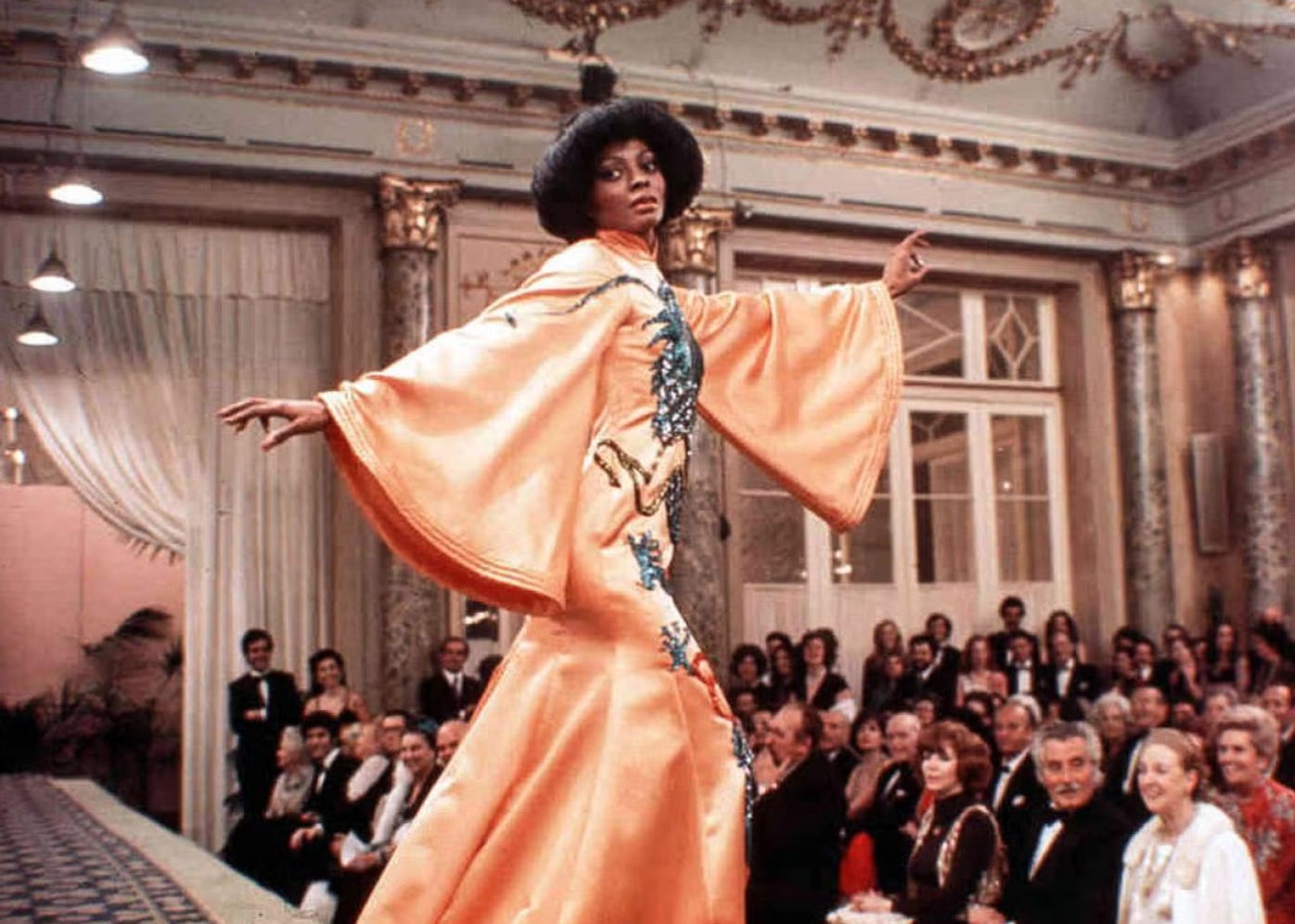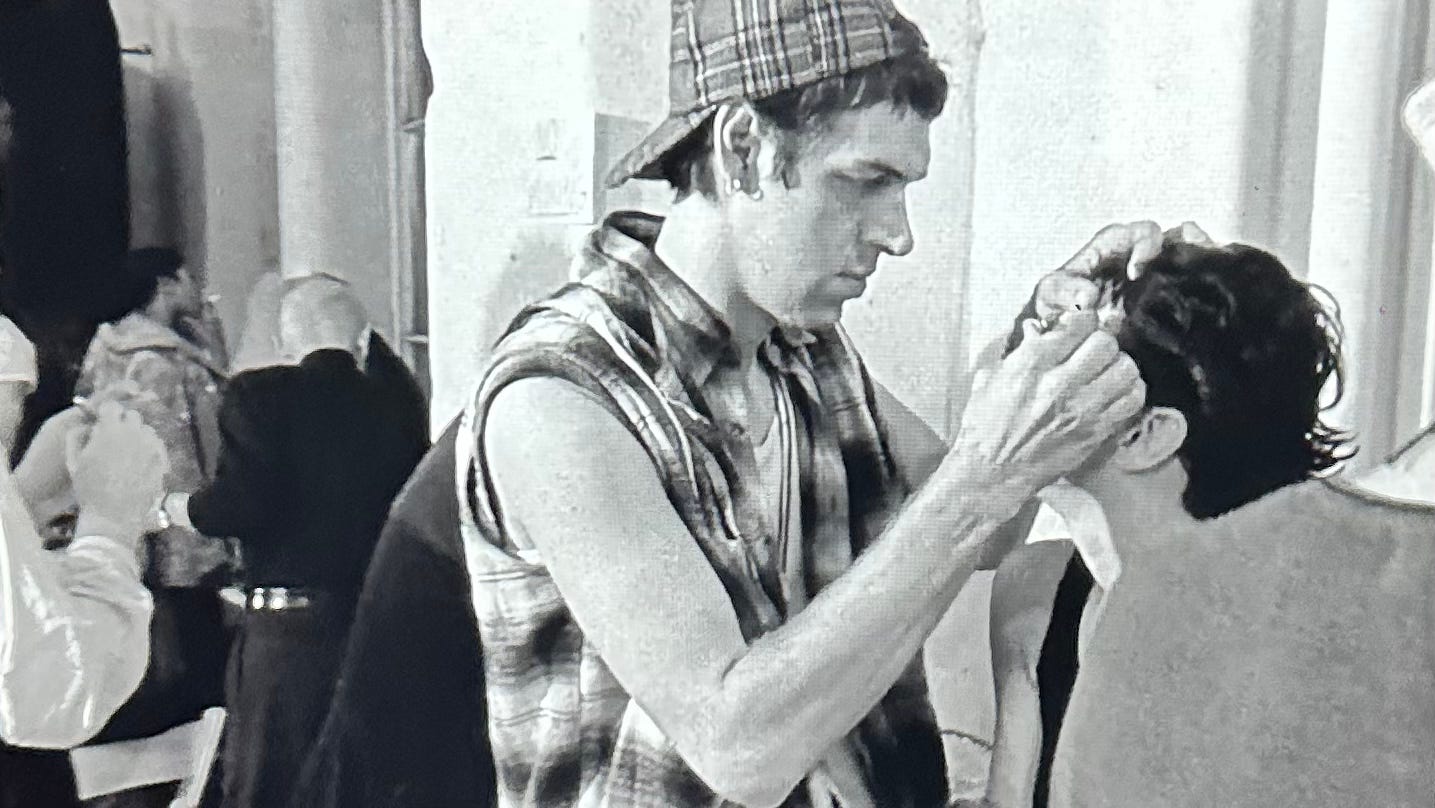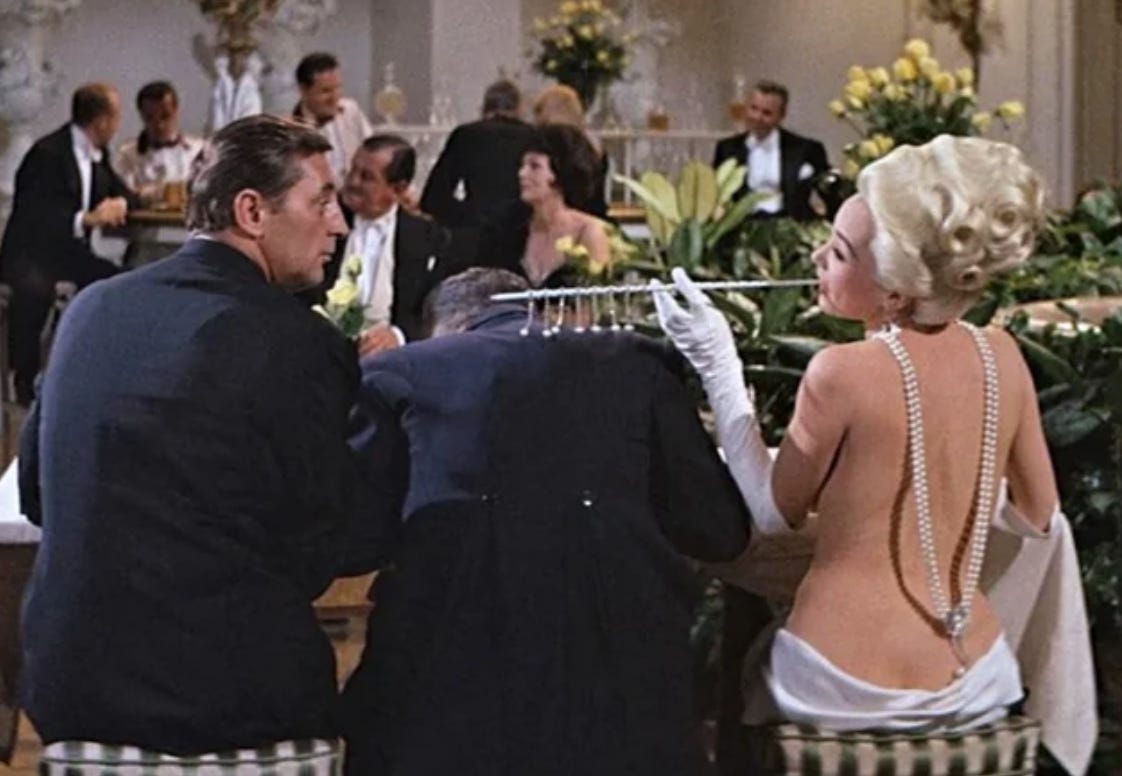I grew up watching Fashion File with Tim Blanks where I saw my first Gaultier show or footage of John Galliano showing Kate Moss how to charge down the runway and “work it.” This backstage footage never ruined the runway fantasy for me; if anything, it heightened it. I loved the in-depth image-making, the models, the interviews, and glimpses of Pat McGrath or Kevyn Aucoin applying makeup in the background. A rush took place backstage (or chaos) before everything came together on the runway. It was my earliest understanding of articulating a vision — materializing an idea or making something come to life.
At least once a year, I rewatch Douglas Keeve’s Unzipped, a documentary on designer (and then-boyfriend1) Isaac Mizrahi. The show doesn’t start backstage, but well before it. Mizrahi has just gotten bad reviews for his Spring 1994 show and struggles with what comes next: what to do for the next season. Here is the struggle to create and produce after failure. There are meltdowns, cigarette breaks, and tarot readings. Eventually, Mizrahi wants to pull back the veil on his show by installing a scrim. Instead of a wall that cuts off the backstage from the runway, the sheer scrim lets the audience in on all the behind-the-scenes mayhem (including the models changing).
Eventually, I would start watching two shows that cancelled each other out. TLC’s What Not to Wear obliterated personal style whereas Sex & the City gave you a few more options. Were you a: Carrie? Samantha? Charlotte? Miranda? Or more of a Natasha? Were you drawn to the Naked Dress (a DKNY slip) or the Drunk at Vogue (a Vivienne Westwood pinstripe suit)?
What is it about the clothes we wear that make us who we are or who we want to be? How do they make a character relatable or iconic? The coming weeks and interviews are all about the clothes we wear and what they signal – status, our nakedness or protection.










